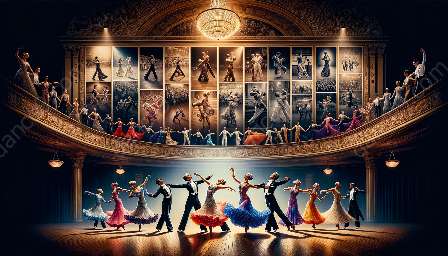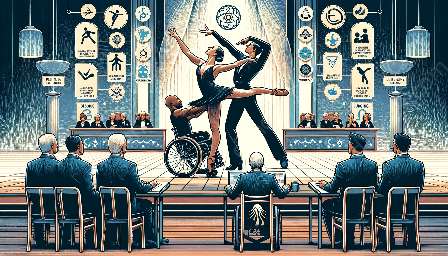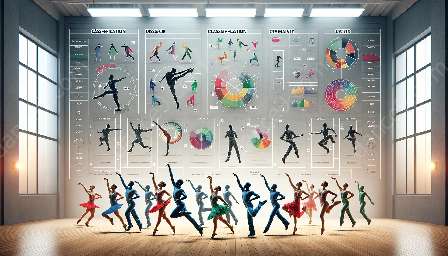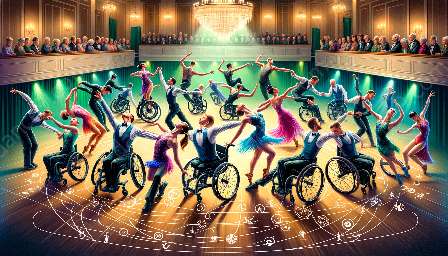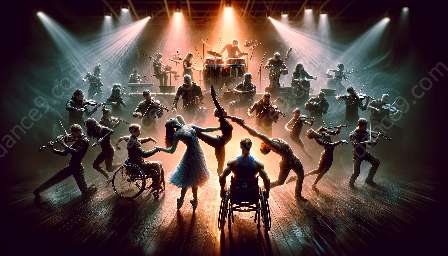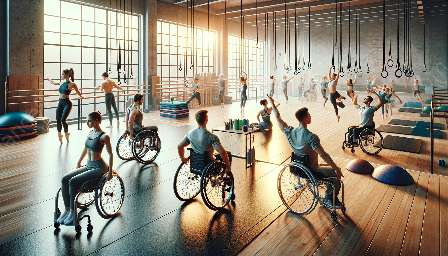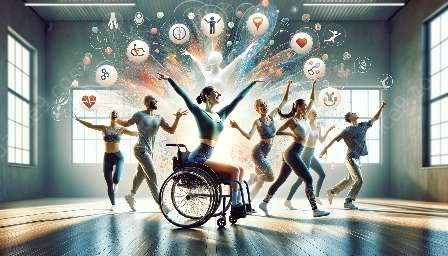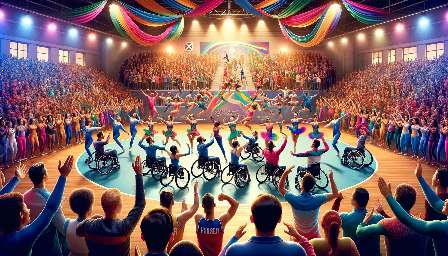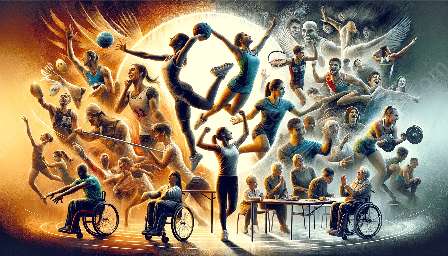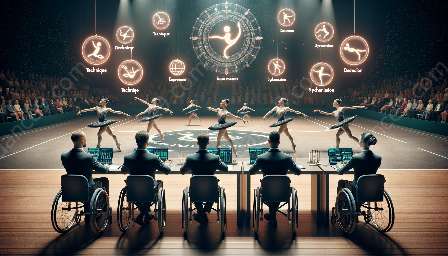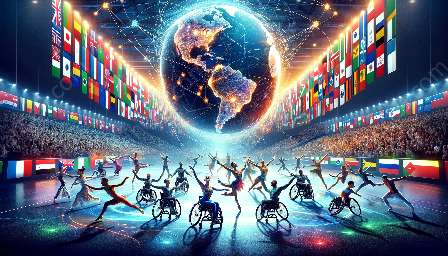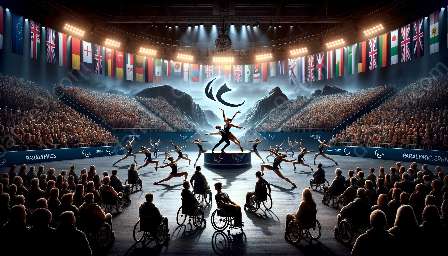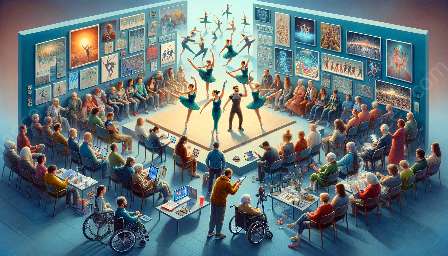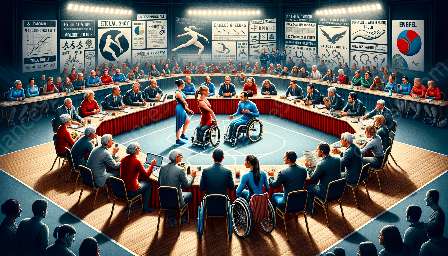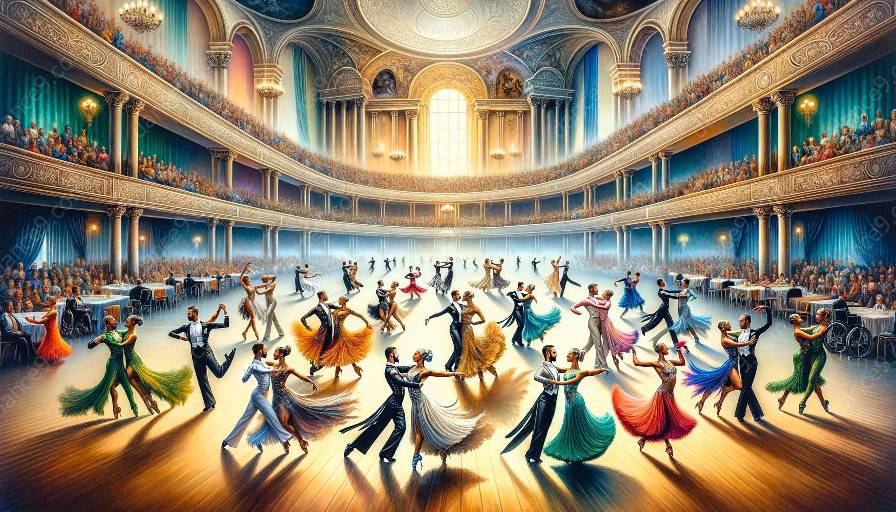Para dance sport is a form of competitive dance designed for athletes with physical disabilities. It encompasses a variety of styles and techniques, and athletes must undergo rigorous training to excel in this discipline. In this comprehensive guide, we will delve into the training techniques for para dance sport athletes, including an overview of the various styles and the significance of the world para dance sport championships.
Understanding Para Dance Sport
Para dance sport, also known as wheelchair dance sport, is a highly competitive and captivating form of ballroom and Latin dance designed specifically for athletes with physical disabilities. The sport provides a platform for individuals with impairments to showcase their talent, artistry, and athleticism on a global stage. Athletes are classified into different categories based on their impairments, allowing for fair and inclusive competition across various skill levels.
Styles of Para Dance Sport
There are several distinct styles within para dance sport, each with its unique characteristics and technical requirements. Some of the prominent styles include:
- Combi (standing partner and wheelchair partner) Latin and Standard
- Duo (two wheelchair dancers) Latin and Standard
- Singles (solo) Latin and Standard
Each style demands specialized training techniques tailored to the specific physical and technical demands of the discipline. While the core principles of ballroom and Latin dance apply, the integration of wheelchairs and adaptive techniques adds a layer of complexity that requires dedicated training and skill development.
Training Techniques for Para Dance Sport Athletes
The training techniques for para dance sport athletes encompass a multifaceted approach that addresses physical conditioning, technical proficiency, artistic expression, and mental resilience. Some of the key components of training include:
- Physical Conditioning: Athletes engage in targeted strength training, flexibility exercises, and cardiovascular workouts to enhance their physical capabilities. Given the unique challenges presented by dancing in a wheelchair or with physical impairments, an emphasis on core strength and balance is essential.
- Technical Proficiency: Mastering the intricate footwork, partnering techniques, and choreographic elements of para dance sport requires relentless practice and refinement. Athletes work closely with coaches to hone their technical skills, ensuring precision and fluidity in their movements.
- Artistic Expression: Para dance sport celebrates the artistry and emotional expression inherent in dance. Athletes receive training in performance dynamics, musical interpretation, and storytelling through movement, elevating their routines from mere sequences of steps to compelling narratives.
- Mental Resilience: Competitive dance places significant mental demands on athletes, requiring focus, determination, and the ability to handle pressure. Mental resilience training encompasses visualization techniques, stress management, and strategies for maintaining composure during high-stakes competitions.
World Para Dance Sport Championships
The world para dance sport championships stand as the pinnacle of competitive excellence in the sport, bringing together elite athletes from around the globe to showcase their skills and passion for para dance sport. The championships serve as a platform for athletes to demonstrate their mastery of the various styles, compete at the highest level, and inspire audiences with their exceptional performances.
Preparation for the world para dance sport championships involves intensive training regimens, strategic choreography development, and meticulous fine-tuning of technical and artistic elements. Athletes and their coaches collaborate closely to create routines that embody their unique style while adhering to the rigorous standards set forth by the championships.
Conclusion
Training techniques for para dance sport athletes encompass a blend of physical, technical, artistic, and mental elements, tailored to the demands of the various styles and the high-stakes environment of the world para dance sport championships. As athletes continue to push the boundaries of innovation and excellence in this captivating discipline, the artistry and athleticism of para dance sport athletes continue to captivate audiences worldwide.

